The study of dinosaurs has captivated scientists and the public alike for over a century. For many years, dinosaurs were simply portrayed as massive, brute-force predators. However, recent advancements in paleontology and cognitive science are challenging this simplistic view, pushing us to reconsider the intellectual capabilities of these extinct creatures. Analyzing fossil assemblages – the collection of fossils found together – is now revealing evidence that suggests dinosaurs may have possessed behaviors previously attributed solely to mammals and birds. This shift requires a reevaluation of how we interpret fossil data and a willingness to explore alternative hypotheses regarding dinosaur behavior.
This article will delve into the emerging evidence supporting more complex cognitive abilities in dinosaurs, focusing particularly on patterns of behavior suggested by fossil finds. We’ll examine potential forms of planning, coordination, and tool use, and explore how these findings are shaping our understanding of dinosaur evolution and the origins of intelligence. Ultimately, the goal is to move beyond the traditional "monster" image and appreciate the potential for dinosaur minds to have been far more sophisticated than we once believed.
The discovery of numerous dinosaur skeletons found in close proximity, often in association with juvenile individuals, has sparked considerable debate. These assemblages point towards complex social structures, indicating that dinosaurs were not merely solitary hunters. Specifically, the presence of mothers with their young, often found with the remains of deceased adults nearby, suggests caregiving behavior. Analyzing the spacing of individuals within these fossil beds also reveals patterns that are difficult to explain through random accidents – there are often organized arrangements, suggesting potential hierarchies or even territorial displays.
Furthermore, the discovery of dinosaur nests, complete with eggs and hatchlings, showcases a dedication to reproduction and offspring protection. The arrangement of nests, sometimes with multiple adults guarding them, strongly implies coordinated defense strategies against predators. While we can't definitively know the emotional experiences of these dinosaurs, the fossil evidence provides compelling indications of social bonds and intricate family relationships, highlighting the importance of considering dinosaur social lives in our understanding of their cognitive abilities.
Evidence of Tool Use – The Troodontids
Among the most compelling evidence for dinosaur intelligence comes from the study of troodontids – small, bird-like theropods. Fossil discoveries reveal that some troodontids possessed unusually large brains in relation to their body size, and their hand bones show adaptations that may have allowed for the manipulation of objects. The famed “Fighting Troodon” fossil, featuring two troodontids locked in combat, is particularly significant, suggesting they were engaging in deliberate, competitive behavior.
More recently, researchers have proposed that troodontids may have used tools, although direct evidence remains elusive. Some scientists suggest they could have used sticks or stones to extract insects from crevices, based on the morphology of their hands and teeth. While the notion of dinosaur tool use is controversial, the evidence for the morphological adaptations needed for such behavior, particularly in troodontids, is increasingly persuasive and warrants further investigation. The debate continues about the actual extent of their tool-using capabilities.
Nest Construction and Territory
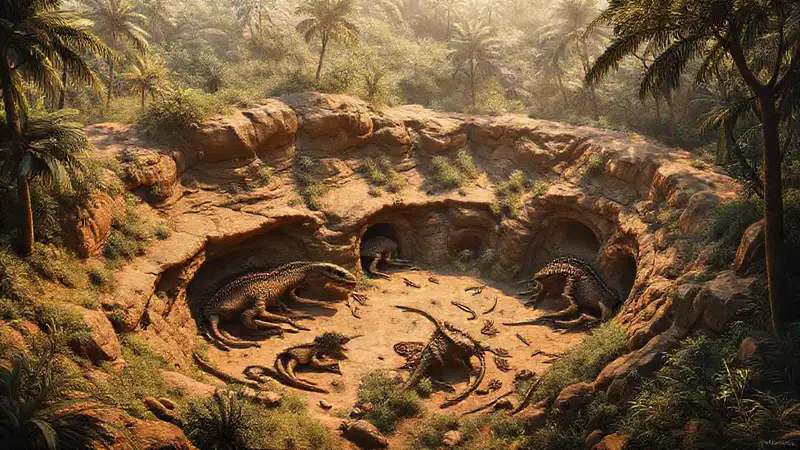
Beyond simple family care, the fossil record suggests that some dinosaurs engaged in more elaborate behaviors like nesting and territorial defense. Fossilized nests with intricately constructed walls and strategically placed guard individuals demonstrate a level of sophistication in building and defending their young. These structures weren’t simply piles of dirt; they were deliberately built to provide protection.
Similarly, evidence of overturned logs, trampled vegetation, and bite marks around nests indicate active defense against predators, suggesting a clear understanding of territorial boundaries and a willingness to engage in conflict to protect their resources. This kind of behavior requires a level of cognitive awareness – the ability to anticipate threats, strategize defenses, and even coordinate with other individuals to achieve a common goal.
Post-Cretaceous Fossil Evidence – Durrell and Beyond
The discovery of the Durrell site in Montana, containing the perfectly preserved skeleton of a juvenile Tenontosaurus surrounded by the remains of several adult predators, has revolutionized our understanding of dinosaur behavior. The arrangement of the bones, with the juvenile positioned strategically to maximize predator avoidance, suggests deliberate placement and potentially a calculated effort to create a "warning display."
This finding supports the theory that dinosaurs, particularly at the end of the Cretaceous period, were capable of understanding cause and effect and engaging in behaviors designed to influence the actions of others. Further research of similarly arranged assemblages across the globe may reveal additional patterns that reinforce the idea of sophisticated, albeit perhaps instinctive, forms of communication and behavioral planning, offering a glimpse into a more nuanced picture of dinosaur intelligence.
Conclusion
The current evidence, though often circumstantial, increasingly suggests that dinosaurs were not simply mindless reptiles. Through careful analysis of fossil assemblages – considering not only individual remains, but also their spatial relationships – we’re beginning to uncover hints of complex social behaviors, potential tool use, and sophisticated strategies for defense and survival. This has dramatically shifted the conversation surrounding dinosaur evolution.
Ultimately, the quest to understand dinosaur intelligence is an ongoing one. Further discoveries and advancements in analytical techniques will undoubtedly continue to challenge and refine our existing models. It’s becoming increasingly clear that the dinosaur story is not just a tale of giant creatures; it’s a story of evolutionary innovation and the development of cognitive abilities that ultimately paved the way for the intelligence we see in birds and mammals today.
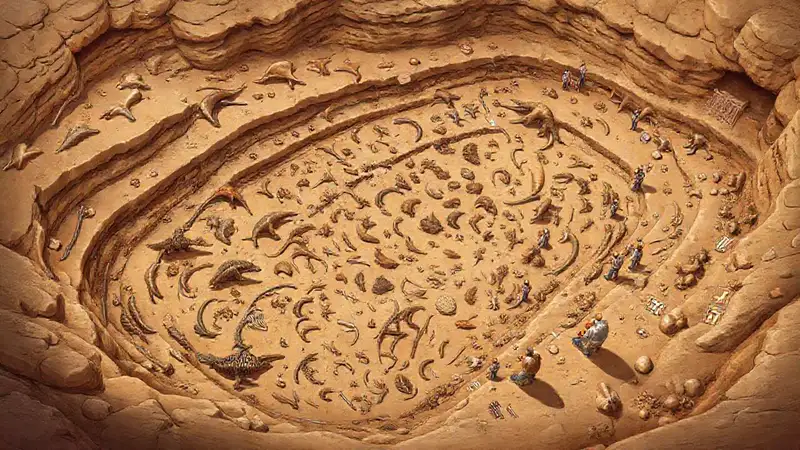
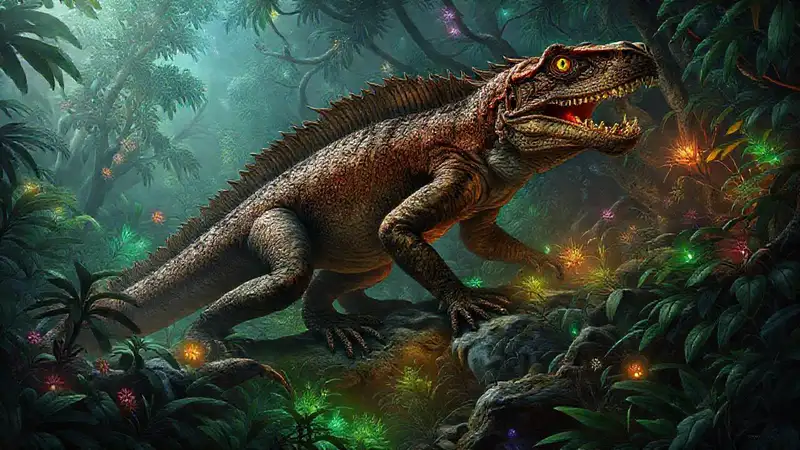
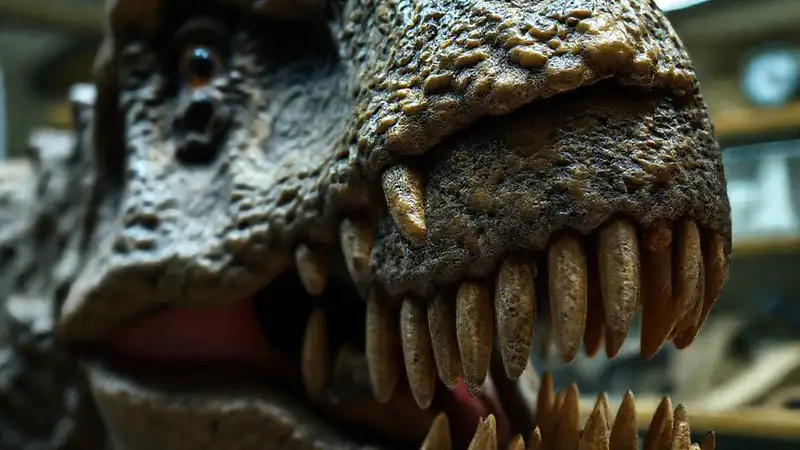
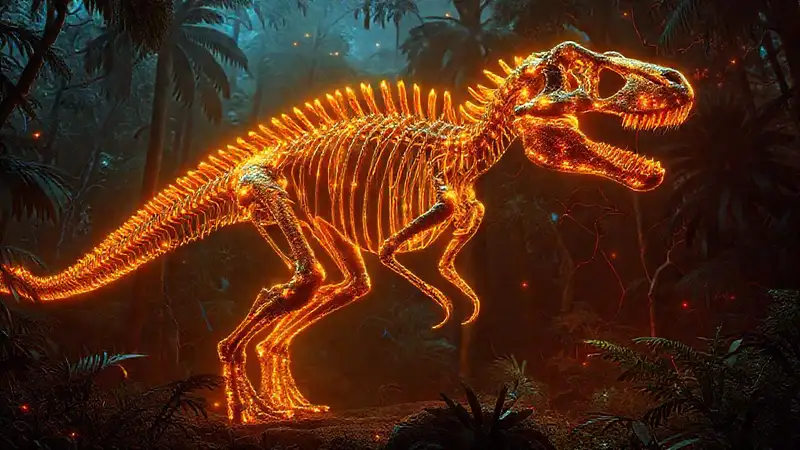
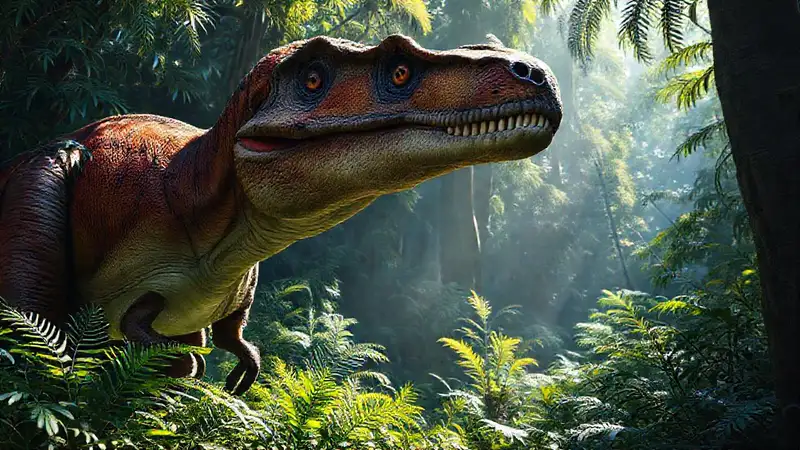
Deja una respuesta